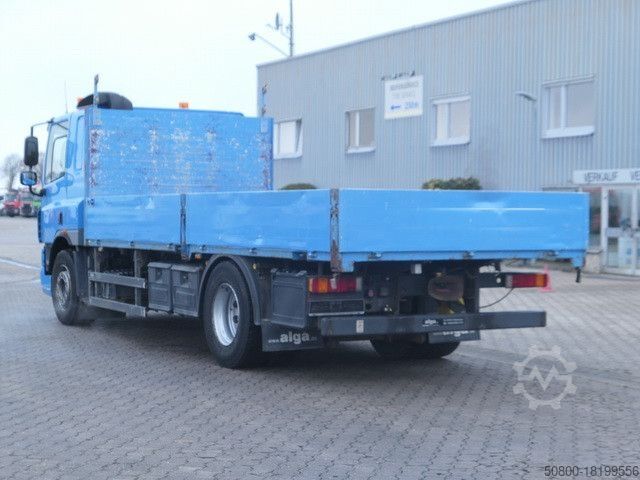Used Vibrating Screens for sale (5,416)
 Erith
Erith Surface grinding machine
NEW PERFECTPFG-3060DT Touchscreen Surface Grinder
 Hessen
Hessen Continuous dryer
TesomaCompact Eight-G-18-HH-SR
 Auckland
Auckland Screen printing machine
ZentnerWasher 250

+44 20 806 810 84
 Tambon Bang Sao Thong
Tambon Bang Sao Thong Meat processing machine
HandtmannVF 612
 Radom
Radom Paper cutting machine
Ideal 7260Hydraulic Paper Guillotine
Discover more used machines
 Schwebheim
Schwebheim Open trailer with tarp
MösleinTPW 105 D Schwebheim Tandemplanenanhänger durchladbar
 Norway
Norway Screener
Backersgmbh starscreen
 Sittensen
Sittensen Beverage truck
MERCEDES-BENZ2541 L NR Actros 6x2, Schwenkwand, Klima, Lift
 Stuttgart
Stuttgart Milling machine
EMCOEMCOMAT FB-450 MC Siemens 828D cnc
 Sierakowska Huta
Sierakowska Huta Wood Chipper Shredder
NOLTING WFH 150
 Cantù
Cantù Stationary exhaust system
VENTILAZIONE MAPELLIGM 36 PLUS
 Germany
Germany Used LNS Express 220_IntNr231209
LNSExpress 220
 Malakoff
Malakoff CNC lathe NL1500MC/500
Mori Seikinl1500mc/500
 Sittensen
Sittensen Box truck
MERCEDES-BENZ2541 L NR Actros 6x2, Schwenkwand, Klima, Lift
 Stuttgart
Stuttgart Milling machine
EMCOEMCOMAT FB-600 MC Heidenhain
 Sierakowska Huta
Sierakowska Huta Wood Chipper Shredder
Klöckner120x400 B2WT
 Germany
Germany Used EMAG WEISS W11 CNC SL650 year '20 (IntNo231185)
EMAG WEISSW11_CNC_SL650
 Lüneburg
Lüneburg Center Lathe
HeyligenstaedtEV400 / 2000
 Schwebheim
Schwebheim Tipper trailer
MösleinTTD11- BA Orange neuer Tandem 3- Seitenkipper Tiefladermit Bordwand- Aufsatz-- Neufahrzeug --
 Sittensen
Sittensen Flatbed truck
DAFCF 75.360 4x2, Retarder, Klima, AHK, Gerüstbau
 Austria
Austria Band Saw - Automatic - Horizontal
BIANCO370 A DS 3R
 Sierakowska Huta
Sierakowska Huta Chipper Shredder
MAWERA TZ 30/30
 Sierakowska Huta
Sierakowska Huta Wood shredder / chipper
Vecoplan350/140
 Sierakowska Huta
Sierakowska Huta Wood Chipper Shredder
KLOCKNER 120x400L 2WT
 Sierakowska Huta
Sierakowska Huta Wood Chipper Shredder
MAWERA RMO
Used Vibrating Screens (5,416)
Search Machineseeker now with more than 200,000 used machines:Browse through the most popular machine descriptions:
This may be of interest to you

+44 20 806 810 84





















































































































































































































































































